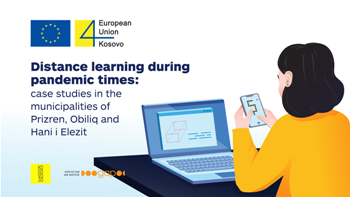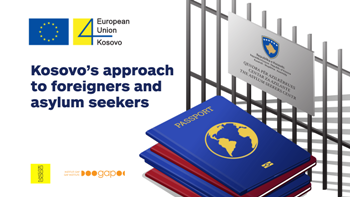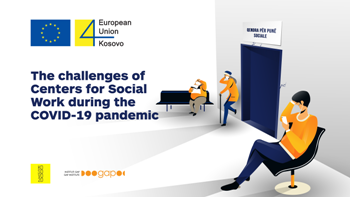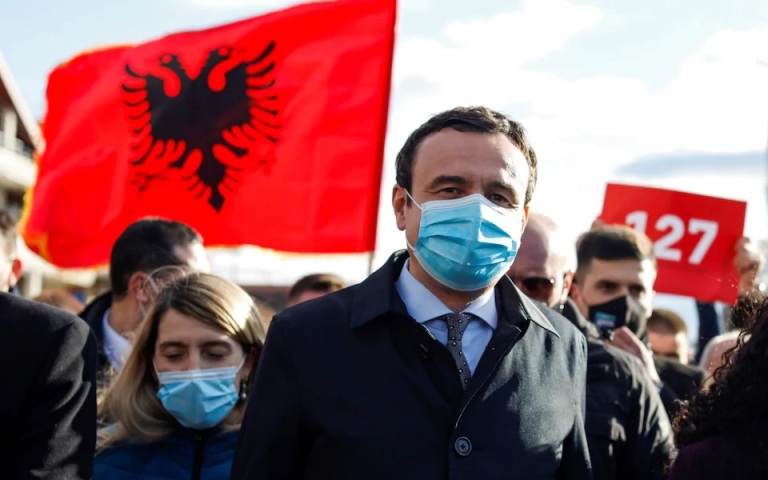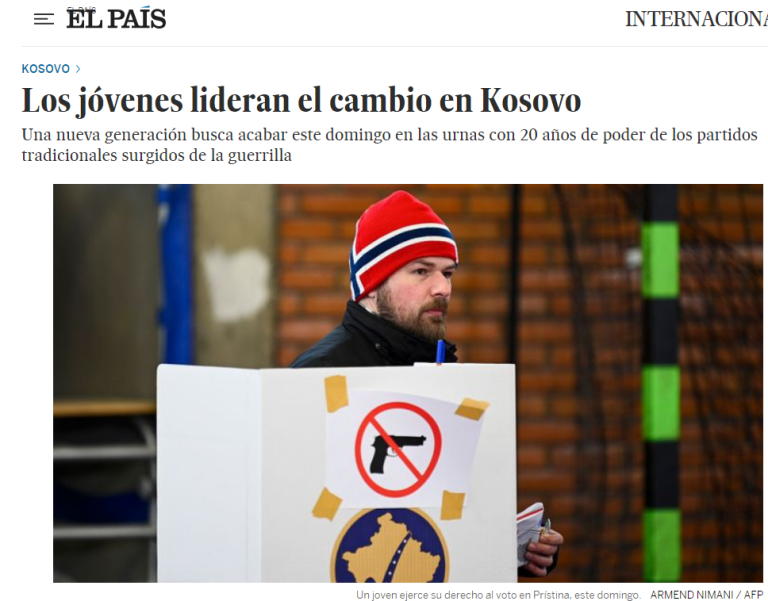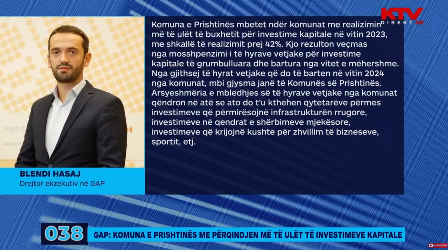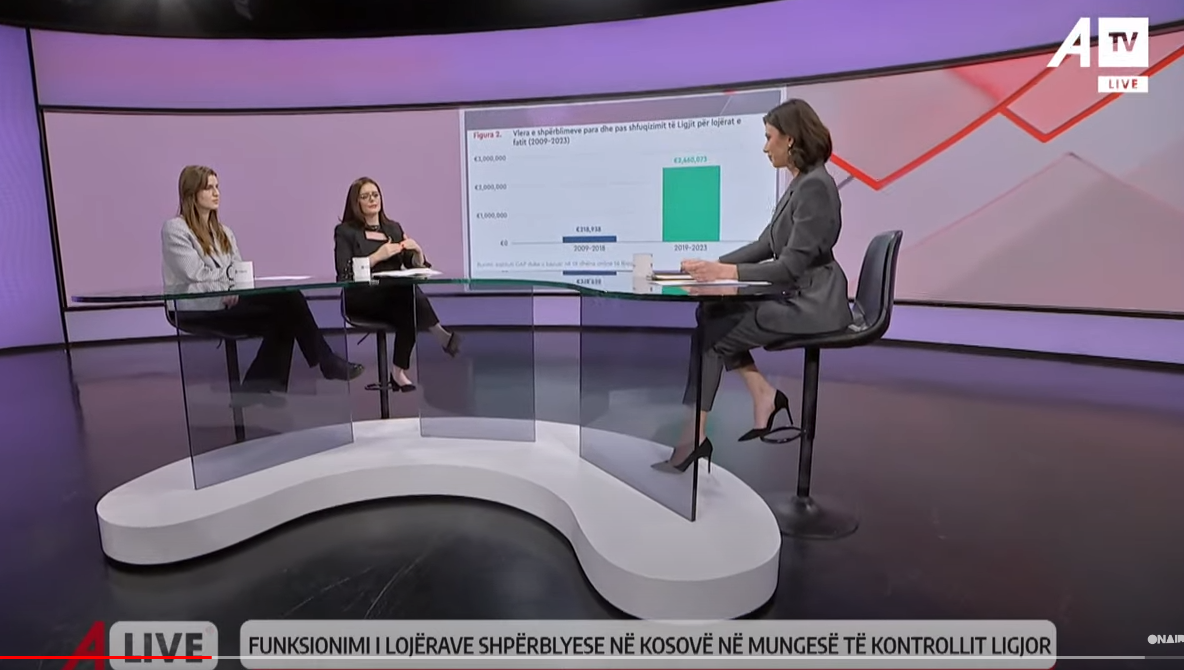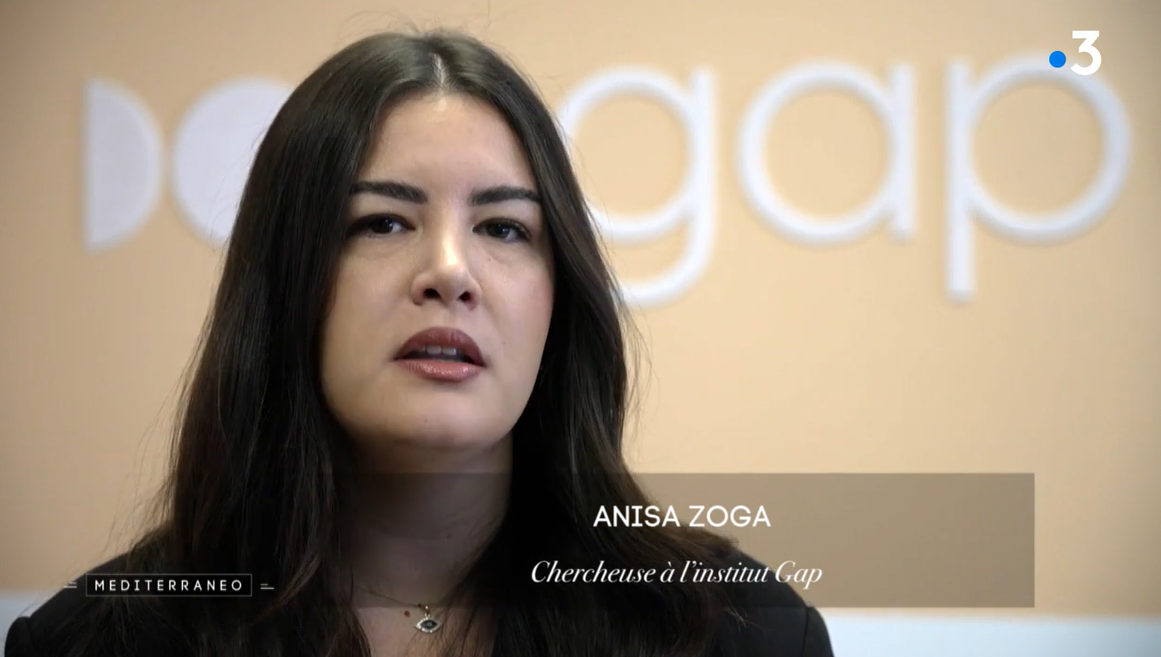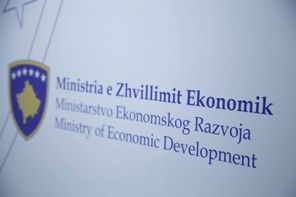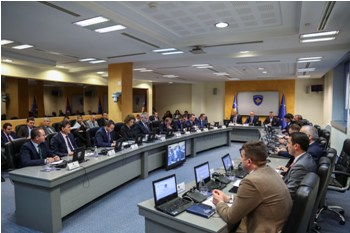GAP Institute organized a debate on the allocation of subsidies by public institutions
01/08/2017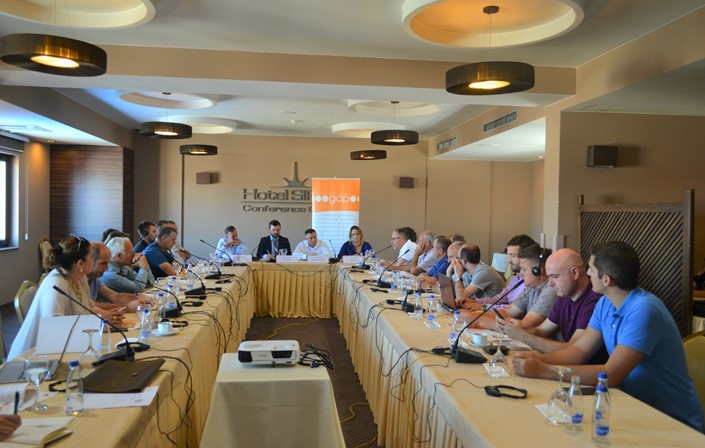
GAP Institute organized a debate with representatives of public institutions and civil society organizations regarding the regulation and allocation of subsidies at the local and central level, where the draft-analysis "Subsidy Allocation by Municipalities and Ministries - Legal Basis, Transparency and Accountability" was presented.
Berat Thaqi, Policy Analyst at GAP Institute, spoke about the importance of subsidies as a fiscal instrument used to stimulate useful activities in society, such as cultural, voluntary, business, sport, or educational. However, in the absence of adequate legislation, as well as transparency and accountability, this category of public expenditures may end up serving narrow interest groups, distorting democratic processes and harming private sector competition resulting in inefficient and unfair public money spending.
Nora Jusufi, a Researcher at GAP Institute, stressed that the legal base on subsidy allocation at the local and central level is not complete and well-coordinated. In GAP Institute’s draft analysis, the internal regulations of seven municipalities and the two ministries, the allocation of subsidies by field, and the manner of reporting by institutions and beneficiaries were analyzed. The main shortcomings of the regulations were the unclear definitions of subsidies, the lack of legal obligation to announce subsidy application calls, and the lack of determining review periods for subsidy applications. Moreover, the setting of maximum and minimum subsidy amounts to be given to legal persons or individuals without any criteria, the failure to specify the composition of the evaluation committees by the number of members and their expertise, as well as the unclear explanation of the punitive processes for beneficiaries and the unclear division of the subsidy field with the criteria within the field. Regarding the implementation of the regulations, the biggest inadequacies were the frequent subsidization of the same entities with amounts much larger than those set by the regulations, as well as the misclassification of other expenditures not related to subsidies as part of this category.
Besnik Osmani, the Auditor General, noted that the main findings of the National Audit Office (NAO) in relation to subsidy allocation in 2016 are related to the lack of written policies on subsidy management, inefficient monitoring of subsidy use, delays in implementing appropriate procedures, double payments and the use of subsidies for operating and non-capital expenditures in some institutions such as public enterprises. Mr. Osmani added that three key issues for the future are the strengthening of transparency, clarification and reformulation of procedures for the allocation of subsidies, and the establishment of special regulations for each subsidized field.
Whereas, Salvador Elmazi, Director of the Department of Budget at the Ministry of Finance, noted that the shortcomings identified in GAP Institute’s report are due to the lack of a national regulation. Among other things, Mr. Elmazi emphasized the existing differences in municipal regulations and the unclear regulation and definition of subsidized activities. He also promised that in the coming months, he will prioritize the creation of a comprehensive national regulation that will assist the institutions in the allocation of subsidies. Specifically, this regulation, according to Mr. Elmazi, will have basic criteria regarding transparency, maximum subsidy amount and clarification of terminology.
Civil society representatives talked about the need for better financial planning for the allocation of subsidies based on credible analysis of field data. Likewise, representatives of public institutions at the local level agreed that the regulations on subsidies although approved need to be amended and supplemented given the increased volume of subsidy applications.
To read the full analysis please click here.
